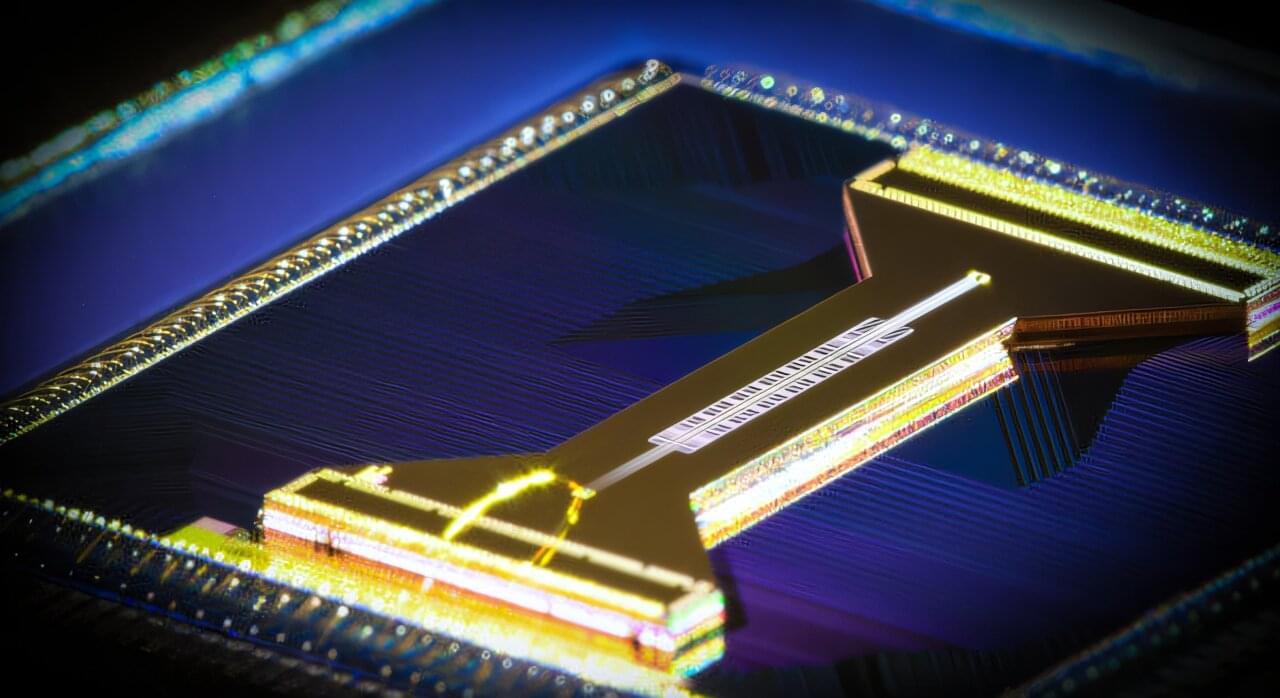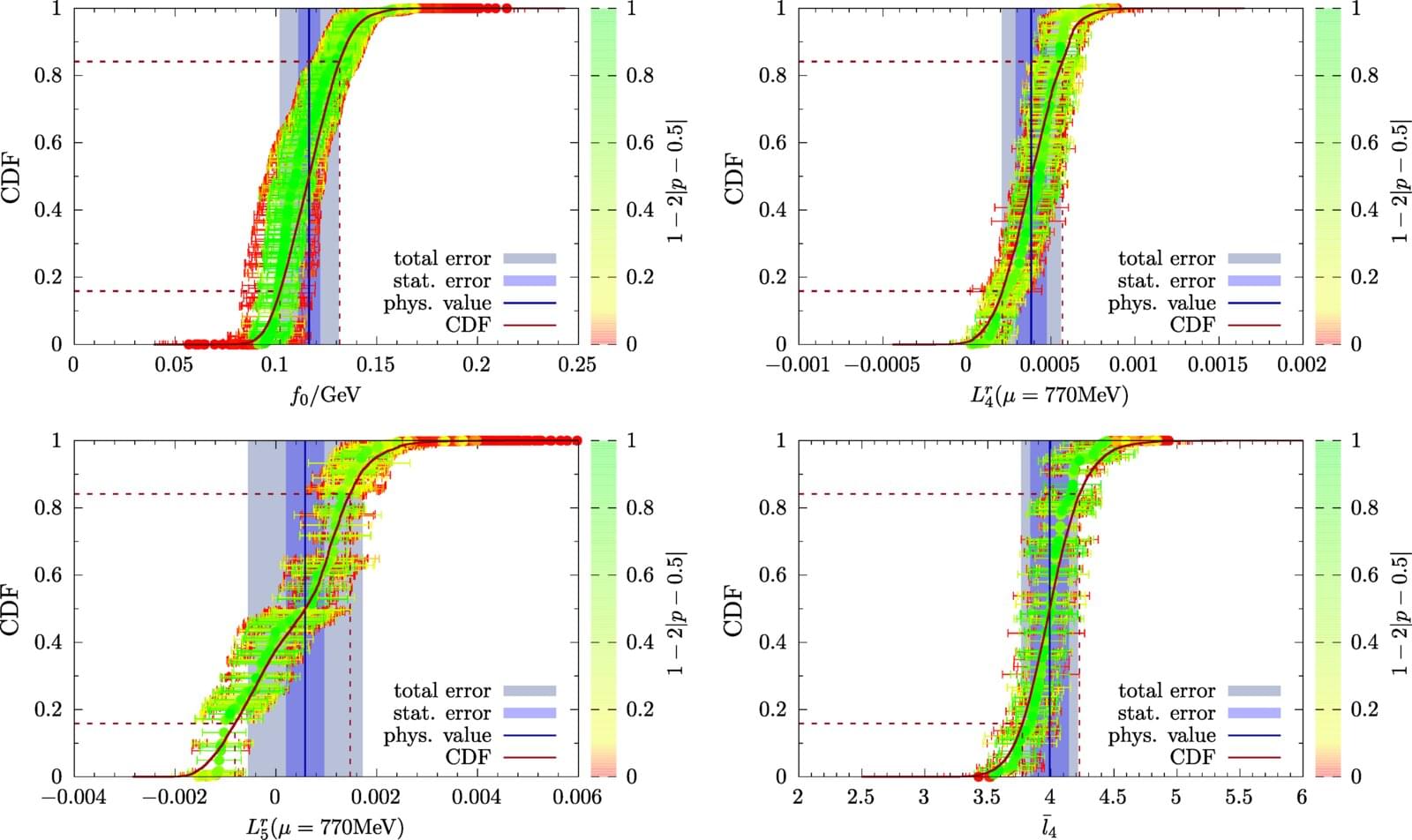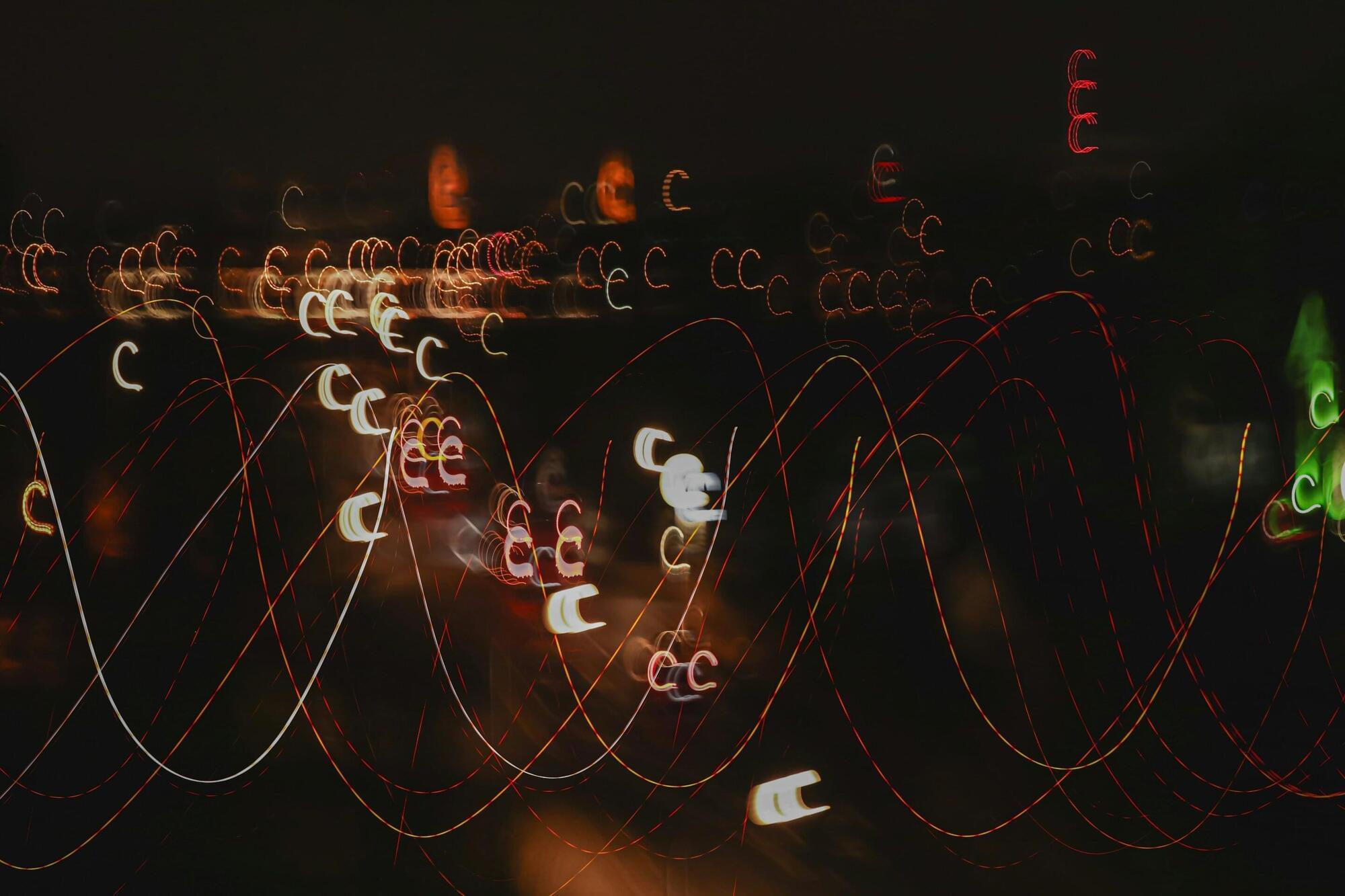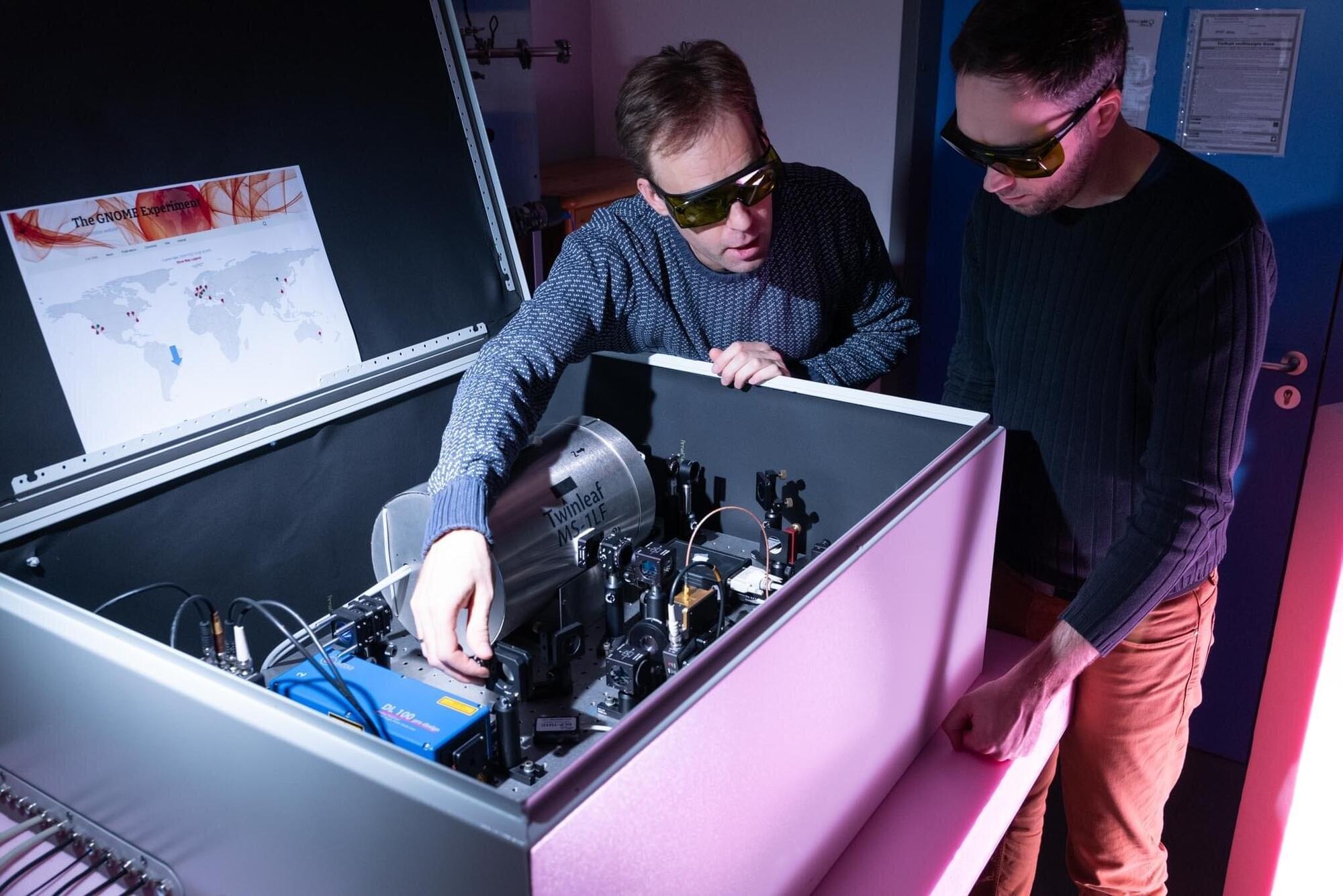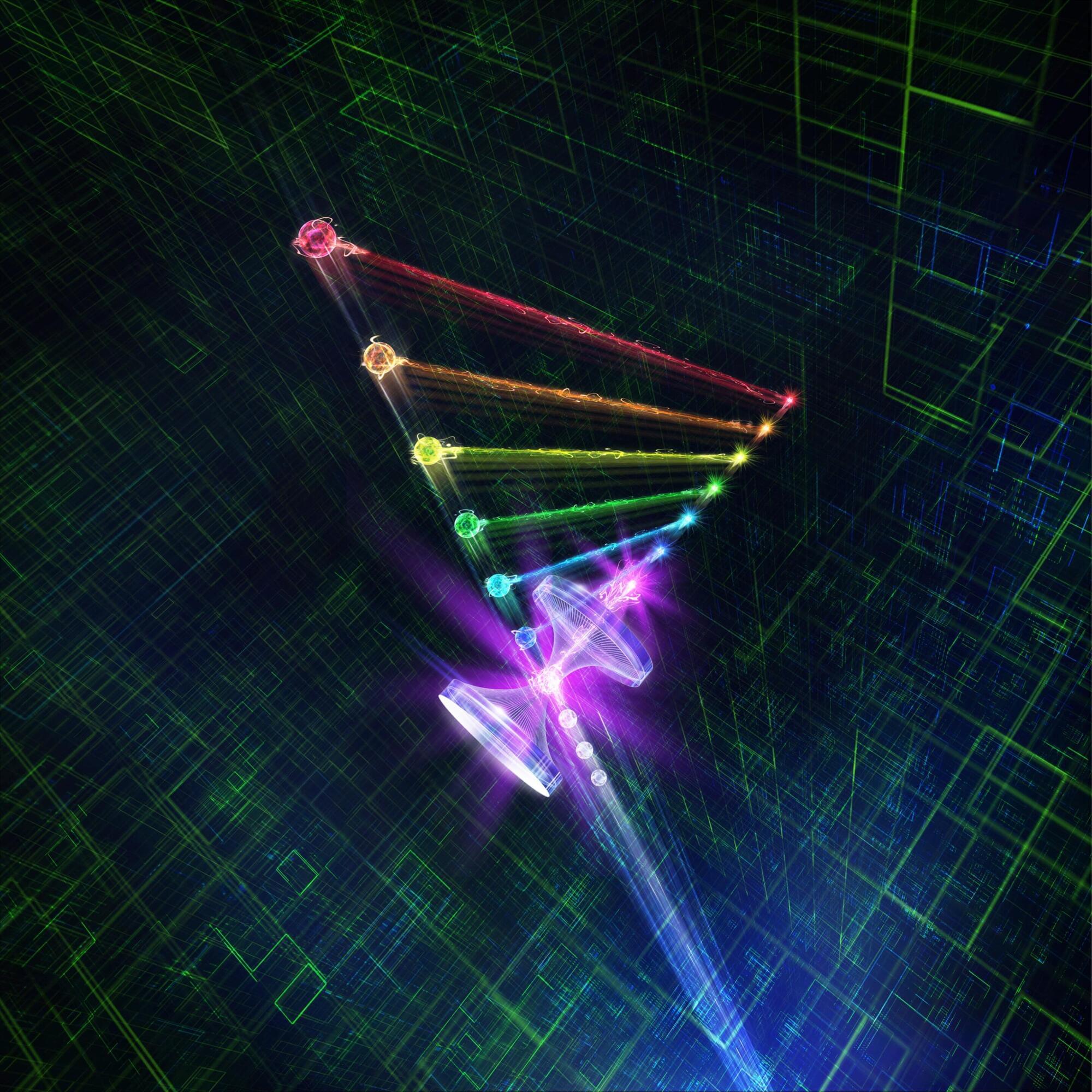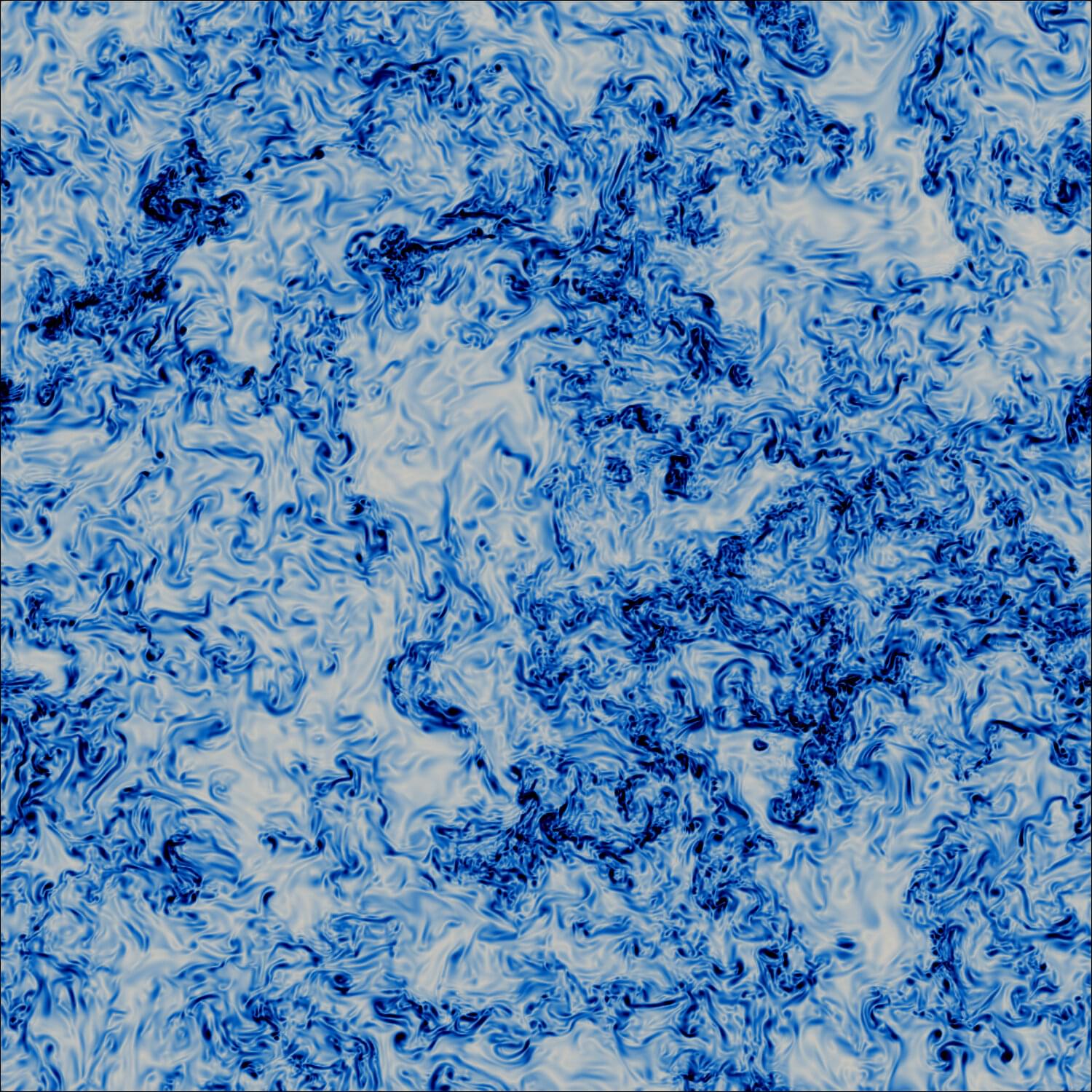A research team led by Prof. Jiao Chengliang at the Yunnan Observatories of the Chinese Academy of Sciences, along with collaborators, has introduced a self-consistent model that addresses long-unresolved theoretical gaps in the study of self-gravitating spherical accretion. The study was recently published in The Astrophysical Journal.
Accretion, the fundamental astrophysical process by which matter is drawn onto a central celestial object (such as a black hole or star), underpins our understanding of phenomena ranging from star formation to black hole growth. For decades, the classical Bondi model—developed in the 1950s and still widely used today—has served as the backbone of accretion research.
However, this foundational framework overlooks a critical factor: the self-gravity of the gas being accreted. This omission, the researchers note, can drastically alter flow structures and accretion rates in high-density astrophysical environments, limiting the model’s accuracy in key scenarios.


